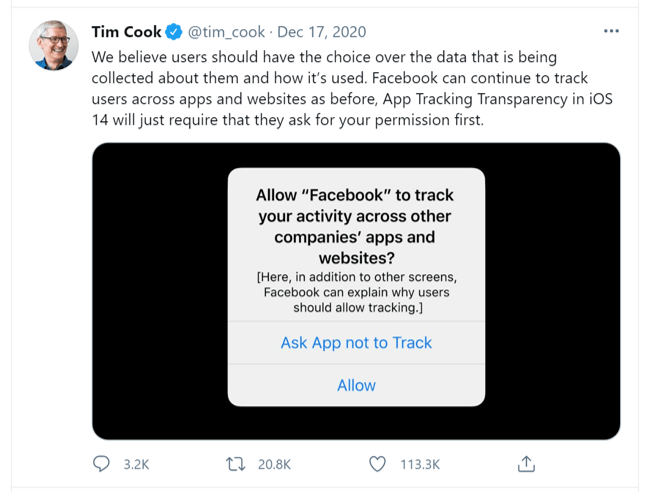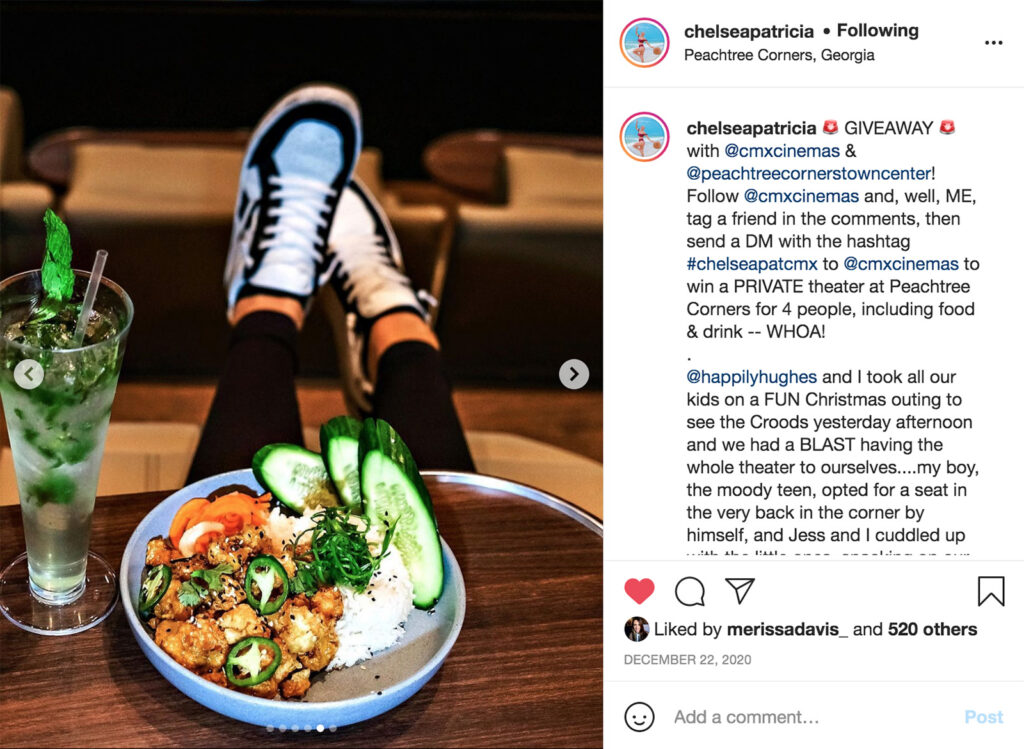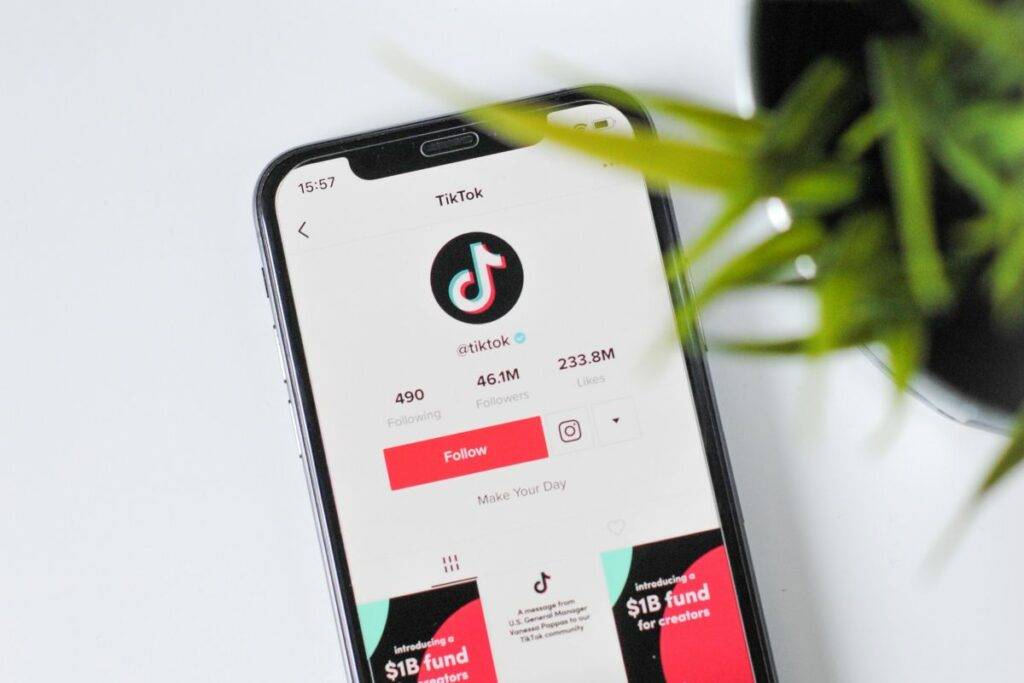11 Marketing Trends That Will Shape 2022
It’s a new year and time to set your sights on a new set of marketing goals and take your brand to the next level. Ready to get to work? First, make sure you are up to speed on all the latest trends, tricks and changes. Read on for our team’s take on 11 marketing trends that will shape (and reshape) the playing field in 2022.
1. Gains for privacy mean challenges for advertisers.
Privacy remains a paramount concern for consumers and tech platforms alike, and that means a slew of new privacy regulations and policy changes that will change and limit the way data is tracked and collected online. In 2021, Apple rolled out its iOS 14.5 update allowing users to opt out of data and activity tracking across apps and websites – and they did in tremendous numbers. In fact, initial tracking showed that 96% of U.S. users opted out of all activity tracking. Apple followed with the announcement of Mail Privacy Protection in its iOS 15 update allowing users to opt-in to privacy protection that blocks a sender’s ability to see when they open an email, related online activity and more. Meanwhile, Google has committed to phasing out 3rd party cookies on its dominant Chrome browser. Initially announced to take effect by 2022, the company now says that the cookies phase-out will come in late 2022/early 2023. Either way, it’s coming and it’s a paradigm shift for digital marketing.

All of these moves have one thing in common. They radically impact the data available to marketers to target and optimize their digital advertising programs. That may mean less targeted advertising capabilities, lower conversion rates and higher costs to reach customers for many digital advertisers. In addition, it may mean that many of the metrics that advertisers currently use to evaluate and refine the success of their efforts may be harder or even impossible to define. For example, due to a large portion of tracking data being hidden, it may be impossible to accurately track how many sales result from a given campaign.
2. The influencers are (still) coming.
Challenges in traditional digital advertising models open the door even wider than ever for alternative approaches to reaching customers. In fact, co-founder of well-known influencer management firm GRIN, Brian Mechem, heralded 2022 as “the year of the creator”. Influencer marketing is growing by leaps and bounds, and social media platforms are pushing the trend as well. TikTok with its rapidly expanding reach has proven a fertile space for influencers and creators, and marketers have taken notice with recent survey data showing that 67% of marketers plan to increase their investment on the platform in 2022 and 10% plan to invest more there than in any other platform. Not to be left out, Facebook (sorry, Meta) has announced that it plans to invest $1 billion in creator programs for Facebook and Instagram by the end of 2022.

But if the term influencer brings to mind glitzy celebrity plugs, think again. The majority of new marketing investment (and ROI) in 2022 is focused on micro-influencers, creators with a few thousand to tens of thousands of followers. While their follower counts may be smaller, their engagement rate is often higher and they bring brands the added benefit of authenticity and relatability. They’re seen as real people and often much more bonded with their audiences. As such, their opinions and recommendations carry more weight.
3. Native advertising gets the clicks.
Native advertising is another digital marketing approach that’s on the rise in 2022 with nearly half of global marketers surveyed planning to invest in it during the coming year. Native advertising differs from traditional advertising in that it is designed to blend in rather than stand out. That is, the ad content matches the look, style and editorial approach of the media in which it appears. Common examples include paid or sponsored content, recommended content on a web page or even search engine results. So why the growing interest?
That’s primarily because there’s growing evidence that it works, especially as traditional ad fatigue with digital audiences continues to rise. Some research shows that native ad placement may get looked at as much as 50% more than regular display ads and that its click and conversion rates tend to be higher, particularly for Millennials and Gen Z. Of course, the key to strong native advertising is in producing high-quality content and ensuring transparency and authenticity in its delivery. No one likes click-bait. Read up on more of the possibilities and pitfalls of native advertising, on our blog.

4. Keep it moving on the web.
When it comes to the web, we’ve all got the need for speed.Even more, the majority of website traffictoday is mobile, making quick, optimized web performance even more important. The speed with which your website loads content, reacts to user clicks and gets users to where they want to be is a fundamental element in the overall user experience. Ensuring the experience is a positive one should be a top priority for every brand and business.
But if the potential frustration that your users may feel leaves you unmoved, Google has provided a more concrete reason for you to pay attention with the release of its new Core Web Vitals in 2021. These metrics – which focus on content loading speed, interactivity and visual stability – are designed to measure the quality of the user experience that a page provides and are now in active use by the search engine giant as a ranking signal for search results. What does all that mean? It means that quality, relevant content is no longer enough on its own to get you to the top of the page on Google. Websites that perform poorly on these user experience metrics will rank lower in search results than those that perform well. So, what exactly is Google looking for? The Core Web Vitals include:
Largest Contentful Paint (LCP): LCP is essentially the average loading time of the main content on a page. It includes both media and text and is used to measure how fast the first meaningful piece of content loads. To meet the Google standard, an individual page’s content must load in less than 2.5 seconds.
First Input Delay (FID): FID measures the time from when a user inputs an action or command and the site executes it. According to Google, under 100 milliseconds is ideal. Cumulative Layout Shift (CLS): CLS refers to the visual stability of a page as it loads. You’ve probably experienced a site where content, images or links seem to shift down the page as it continues to load. Optimizing CLS seeks to minimize this effect to cut down on user frustration and accidental clicks.
5. Video. But Make It Short.
Short-form videos are everywhere you look online. There’s a reason for that. As platforms from TikTok to Instagram Reels to YouTube Shorts have expanded rapidly, the short-form format (generally considered anything under two and a half minutes but more commonly closer to the 60-second mark) has quickly gained resonance with audiences of all types. It naturally follows then that its use by marketers is on the rise too with recent data showing that brands report higher ROI on short-form video than any other social media strategy and that 51% of brands plan to increase their investment in short-form content in 2022.
There’s good news too in that short-form video generally takes less production bandwidth and investment to create. And while brands often naturally lean to creating longer pieces to cram in more and more information, we all know that the real art of the craft is in distilling a message to its core. That means that, when done well, short-form video is not only a better match for your audience’s attention span but also a stronger, more compelling delivery of your message.

6. TikTok continues to rise.
It’s true. TikTok did make them buy it.
Since it exploded onto the social media scene, TikTok has become a household name seemingly overnight. The trend-centered short-form video hub was originally populated almost exclusively by the Gen Z and younger crowd. But now, with over 1 billion monthly active users, the platform is attracting an increasingly diverse cross-section of demographics positioning it solidly in the mainstream. It’s no surprise then that TikTok is working to launch a number of new advertising and marketing features for businesses to expand their reach and match with creators on the platform.
In the meantime, brands of all types are already diving into the platform with their own content, with brand challenges, behind-the-brand videos and of course lots of user-generated content. On top of that, TikTok has become one of the most effective platforms for earned media where a trending mention can spread like wildfire leading to some of the most dramatic, and unusual product sell-outs of recent years. (Feta cheese shortage, anyone?) Check out our aptly titled “TikTok Made Me Buy It” episode of the Peel Good marketing podcast for more on how brands are seeking success on TikTok.
7. User experience drives SEO.(And almost everything else.)
Remember when SEO was all about keyword crams and hacks and tricks? Not so in 2022. SEO (that is, search engine optimization) has steadily become more and more contextual. While keyword optimization and other basics are still relevant, SEO has become much more intertwined with the overall content quality and the experience that it provides to a user.
Search behavior is changing too. Voice search in particular is rising with nearly half of consumers reporting that they use voice assistants for general web searches. Optimizing for voice search means a different approach than traditional text SEO. While text searches tend to be shorter and single keyword focused (e.g. you might type in “tomato plant”), when people speak they tend to use questions (e.g. “why is my tomato plant turning yellow?”)
And it’s not just SEO. Virtually everything we consume online is driven by an algorithm – whether it’s search engine results, social media feeds or ad serves. You could devote yourself full-time (and then some) to keeping up with the myriad of changing criteria across a sea of algorithms, but they all essentially boil down to the same thing and that is user experience. Platforms optimize for the best user experience, so to keep your content visible focus on delivering the content audiences want with a positive experience.
8. Text gets visual.
With all this talk about text, it’s important that we don’t forget about the visual side of things. It’s pretty well known that most people are much more interested in visual content than in plain text. In fact, research has shown that colored visuals increase people’s desire to read content by as much as 80%. Visuals are also a powerful tool in conveying your message – literally. The brain processes visuals 60,000 times faster than it does text. Most often, when we talk about visuals in a digital marketing context, you probably think of photo or video imagery that accompanies a social media post or an ad. And while those are fundamental and important, they aren’t the only way to use visual content in a compelling way.
Combining text and visuals, such as in a text overlay or an infographic, leverages the power of both visual and text content together to help attract attention and encourage engagement in your message. In one recent survey, 56% of marketers that use infographics called them their most effective content style. What’s more, search engines and social media platforms are getting ever smarter when it comes to keywords and many like Google and Pinterest can now read text included in images and graphics for ranking in search results, linking the two more closely than ever before.

9. Audio content (read podcasting) continues to expand.
Podcasts continue to engage a larger and larger audience segment. Industry research says that 57% of U.S. consumers listened to podcasts in 2021, leading many to draw comparisons back to the golden age of radio when it was all about listening. Smart brands are engaged already in learning how to use podcasting to their marketing advantage – whether that means simply advertising to these audiences or starting up a podcast of their own to grow interest and awareness in their brand. (By the way, have you checked out our Peel Good Marketing podcast lately?) In addition to expanding your content marketing strategy, audio can also play a role in boosting your website’s search engine optimization as Google is beginning to rank podcasts on its search results page. Transcribing your podcasts or videos can also help drive up your ranking potential, particularly as the more natural speaking language pairs well with voice search.
As trends go, it’s also worth mentioning that podcasts aren’t the only audio content out there. Social media’s first social audio app, Clubhouse, is also on the leading edge of the trend. Designed as a space where people come together to talk, listen and learn, Clubhouse quickly became a hub for influential business and cultural figures and a trending place for live discussions. Instagram’s Live Rooms and Twitter Spaces have also sought to meet the audio demand.
10. Conversational marketing makes it personal.
Conversational marketing – that is, a more interactive approach designed to feel more like person to person than brand to buyer – has been on the rise and is coming into its own as we head into 2022. This is a concept that can affect multiple parts of the marketing funnel. It can start with design and marketing communications that favor more real and natural presentations, conversational language and approachable production styles. We see brands prioritize content that is useful, educational or helpful to build rapport with their audience and establish themselves as a trusted source to cultivate confidence. It means opening up communication with customers through service channels like live chat, chatbots or video chats that offer opportunities for real dialogue and also on social media. Responsiveness and engagement are key – after all, a conversation is a two-way street and customers are very sensitive to the difference between talking with someone and being talked at. In that same vein, personalization is another important way to establish connection and relationship and relate to the audience on a personal level rather than solely through mass communications.
11. Social responsibility and inclusivity are fundamental.
Once considered important messaging only for niche or cause-connected brands, issues of social justice and inclusivity are now squarely centerstage. 2022 consumers have a heightened awareness of the ethics of the brands with whom they do business. More and more consumers are actively seeking brands whose values align with their own. Connecting with your audience on this level is all about authenticity and never about gimmicks. And whatever you do, make sure that your messaging, actions and values align. Consumers look for brands that practice what they preach.
Similarly, inclusivity in marketing has been talked about a lot, but it’s something with which many brands still struggle. At the most basic level, think about how you can allow anyone or everyone to recognize themselves in your marketing. That may mean showcasing a more diverse set of people or perspectives. It may mean adapting your marketing to different cultural contexts, challenging stereotypes or leaning into real stories rather than fictional personas. At the end of the day, transparency and authenticity matter to today’s audiences. So, while these messages or campaigns may not yield immediate, direct sales results, social responsibility and inclusivity are cornerstones in building confidence and trust in your brand in 2022 and beyond.
Are you ready to get your brand tuned up for 2022?
Connect with Clementine to get started!
